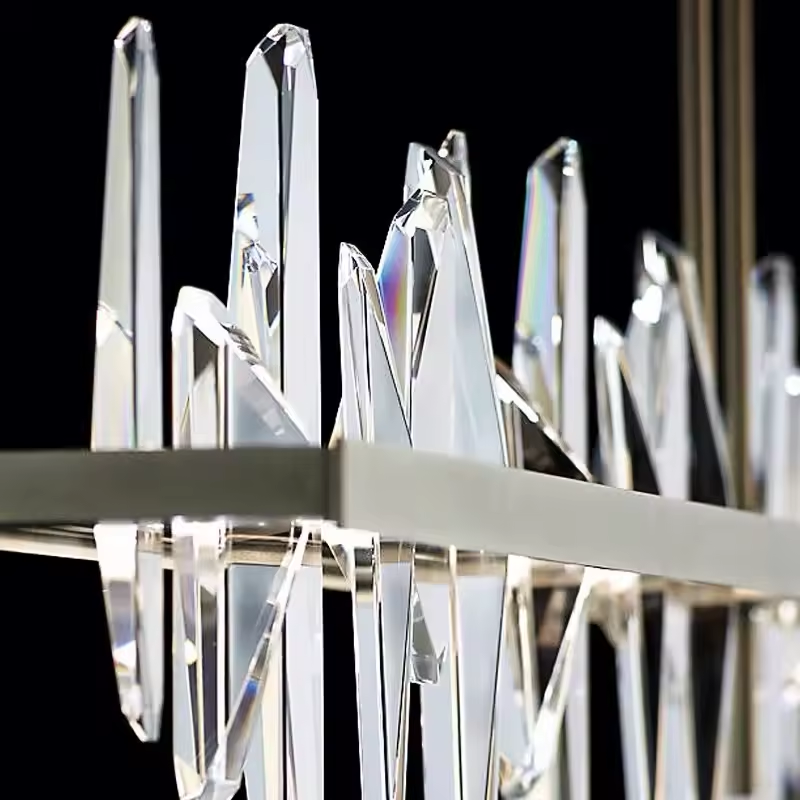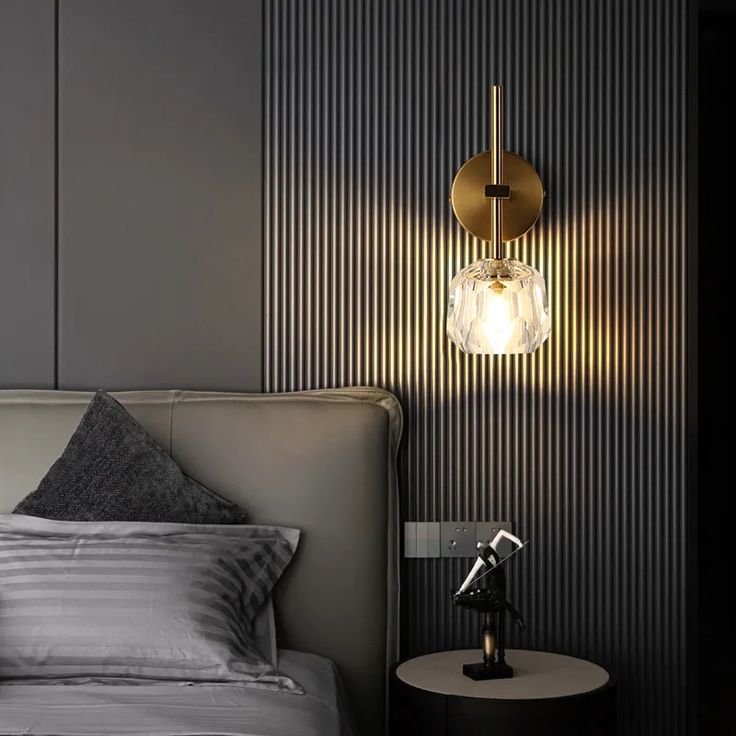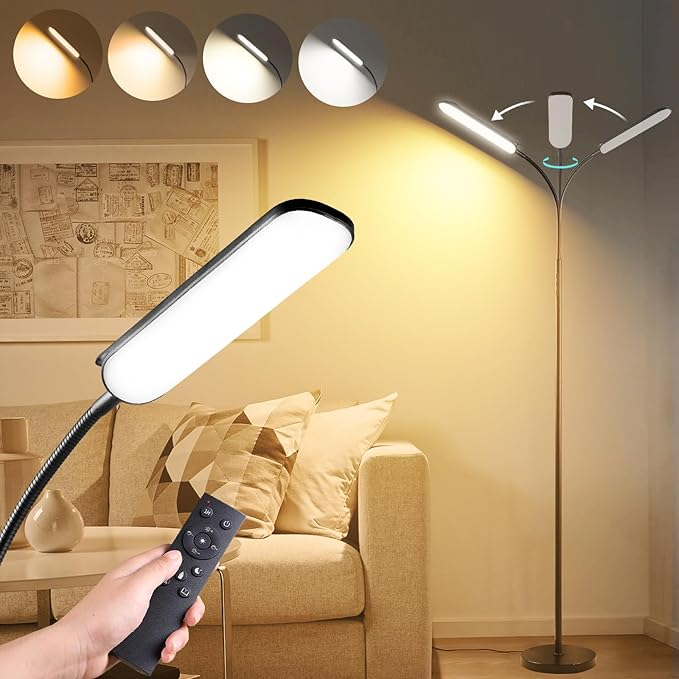Why a Kitchen Table Lamp is Essential
Enhancing Functionality and Ambiance
A kitchen table lamp is more than just a light source. It sets the mood for the room. Proper lighting enhances cooking and dining experiences. Bright yet adjustable lamps cater to different tasks. They help create spaces that are both functional and welcoming. Warm lighting can make meals feel cozy and intimate. A well-placed lamp brightens dark corners and improves overall visibility. It also lets you define specific zones within the kitchen. Efficient and stylish lighting adds charm to your kitchen daily.
Creating a Focal Point in Your Kitchen
A lamp can act as the centerpiece in your kitchen design. Unique designs, textures, or colors stand out. Pendant lamps, in particular, draw attention to the table area. They help tie together various design elements in the space. An eye-catching lamp can turn a dull kitchen table into a stylish spot. Creative lighting choices add character and personality to the room. Whether modern or vintage, the right lamp adds a sense of sophistication. Lamps also serve as functional art pieces, blending purpose with aesthetic appeal. Use kitchen table lamps to make your kitchen both practical and gorgeous.
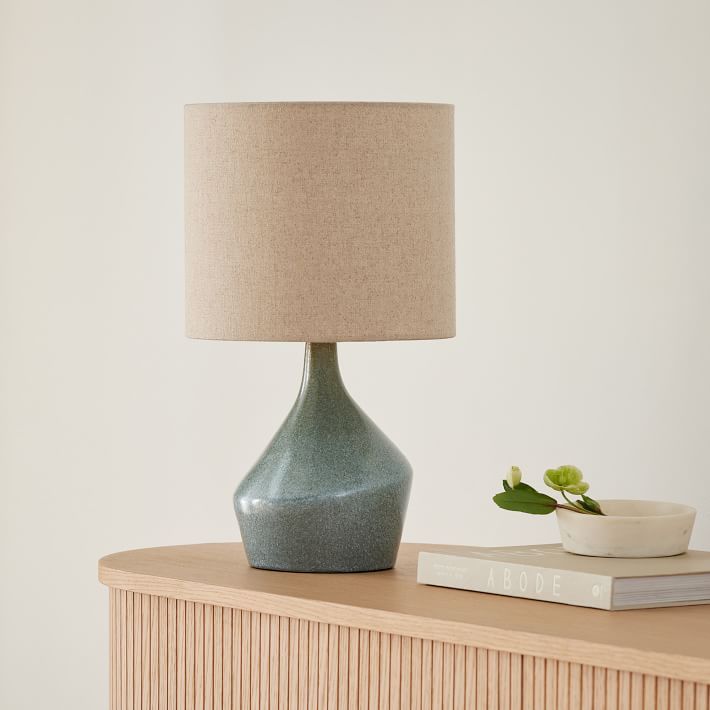
Types of Kitchen Desk Lamps
Pendant Lamps
Pendant lamps hang from the ceiling and make a bold design statement. They provide focused lighting, making them ideal for dining or work tasks. These lamps come in various styles, like industrial, modern, and farmhouse. Select colors and shapes that complement your kitchen’s decor. Pendant lamps often act as an elegant focal point over the table. You can use a single piece for drama or multiple lamps for balance.
Tabletop Lamps
Tabletop lamps offer versatility and can be moved easily. They are perfect for adding soft lighting to your space. These lamps come in various materials, such as ceramic, glass, or wood. Choose a style that enhances your kitchen’s aesthetic, whether vintage or contemporary. Small-sized lamps fit well in smaller kitchen areas. Tabletop lamps also double as decorative pieces, blending function and charm effortlessly.
Adjustable Arm Lamps
Adjustable arm lamps provide directional lighting, which is great for varied tasks. These lamps allow you to focus light exactly where you need it. Their adjustable features make them highly ergonomic and practical for kitchen use. Popular styles include modern and industrial designs, often crafted in metal finishes. Adjustable arm lamps work well in kitchens used for multiple activities. They add a unique, dynamic look while offering great flexibility.
Popular Materials for Kitchen Table Lamps
Selecting the right material for your kitchen table lamp greatly impacts its look and durability. Different materials offer unique aesthetics, textures, and practical benefits. Explore various options to find what suits your kitchen best. Here’s an overview:
Glass and Crystal Lamps
Glass and crystal lamps add a touch of elegance. Their transparent surface creates a light, airy feel. These materials diffuse light beautifully, offering a soft and even glow. Glass lamps can be clear, frosted, or colored for varied effects. Crystal lamps add a luxurious vibe to modern or classic interiors. They are perfect for making a design statement. Pair them with warm bulbs for a cozy ambiance. Handle glass or crystal lamps carefully to prevent breaking.
Wooden Accents
Wooden lamps introduce warmth and natural texture to your kitchen space. They pair well with rustic, traditional, or Scandinavian styles. Light or dark wood tones can complement various interiors. Some designs mix wood with metal or fabric for versatility. Wooden lamps work well in kitchens with natural or earthy themes. Choose varnished or treated wood for durability. These lamps are easy to clean and maintain, making them practical yet stylish.
Metal Finishes
Metal lamps are both sturdy and visually striking. They fit well in industrial, modern, and minimalist kitchens. Common finishes include chrome, brass, copper, and matte black. Metal surfaces often reflect light, creating a shimmering effect. These lamps are highly durable and resist wear over time. Pair metal lamps with neutral colors or bold accents for balance. Their sleek design adds a contemporary touch to any kitchen setting.
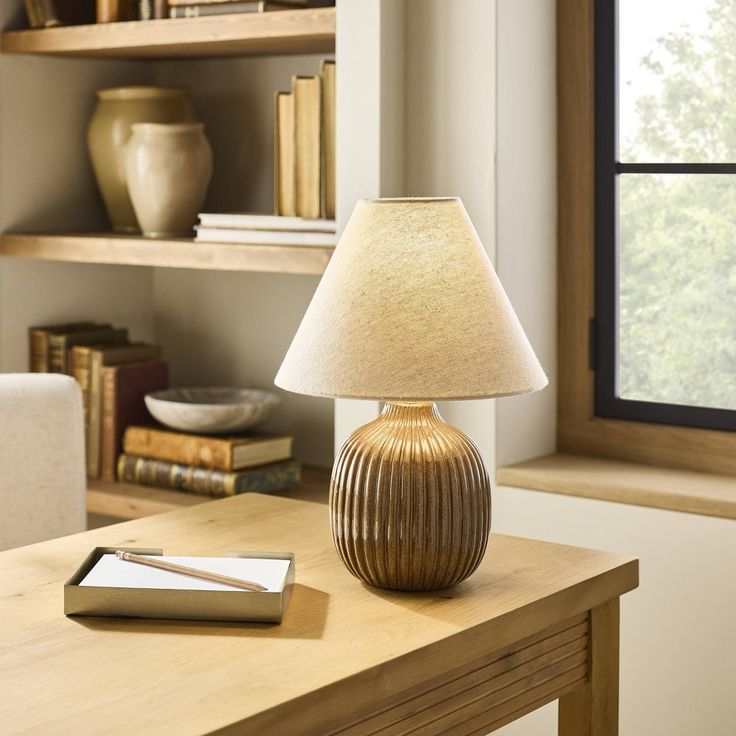
Choosing the Right Lamp Size for Your Kitchen Table
Selecting the perfect kitchen table lamp requires careful consideration. A lamp that’s too big or too small can disrupt the balance and aesthetics of your space. The right size enhances both functionality and visual appeal, ensuring the lamp complements your table design and overall kitchen décor. Here’s how you can make the best choice.
Proportionate Sizing Tips
- Match the Lamp to Table Size: The lamp’s width should be about one-third the width of the table. This ensures the lamp looks balanced and doesn’t overwhelm the table.
- Height Considerations: The bottom edge of a hanging kitchen table lamp (like a pendant) should be 28 to 34 inches above the table surface. This height provides sufficient lighting without obstructing visibility across the table.
- Assess Ceiling Height: For rooms with higher ceilings, larger lamps can fill the space better. Compact kitchens with lower ceilings benefit from smaller, proportionate lamps.
- Avoid Overcrowding: For narrow or small kitchen tables, opt for sleek, streamlined lamp designs that save space without compromising on style.
Consideration for Table Shapes and Styles
- Round Tables: Choose rounded lamps, such as dome-shaped or circular pendants, to mirror the table’s shape. This creates a harmonious flow in the design.
- Rectangular Tables: Linear pendant lamps or multiple smaller pendants work well. These choices spread light evenly across the table.
- Square Tables: A single, statement lamp placed centrally looks elegant while providing focused lighting.
- Stylish Pairing: Match the lamp’s design style with the table. For example, modern tables go well with sleek, metallic lamps, while rustic tables pair beautifully with wooden or lampshades.
Choosing a kitchen table lamp with the right size ensures it not only illuminates your space but enhances the overall style. Pay attention to these tips to strike the perfect balance between proportion and aesthetics.
Design Trends in Kitchen Desk Lamps
Stay ahead of the curve with the latest kitchen table lamp styles. These trends focus on form, function, and aesthetic harmony. From clean lines to bold finishes, there’s something to fit every preference. Below are key design trends making waves in modern kitchens.
Scandinavian minimalism emphasizes simplicity and functionality. These lamps often feature clean lines and neutral tones. Materials like wood, glass, and metal dominate this style. Soft, warm lighting enhances a cozy and inviting kitchen atmosphere. Compact designs work well in small or open-plan kitchens. Pair these lamps with light-colored walls and sleek furniture for a cohesive look.
Industrial Style
Industrial-style lamps bring an edgy, modern vibe to your kitchen. Think metal finishes like black, chrome, or brushed nickel. These lamps often showcase exposed bulbs for a raw, unfinished feel. Pendant lamps in this style usually have cage or dome-shaped designs. Industrial lamps pair beautifully with bold countertops and open shelving. This style is perfect for kitchens with loft or urban-inspired interiors.
Farmhouse and Rustic Charm
Farmhouse-inspired lamps add warmth and character to kitchens. They often feature wooden accents or distressed finishes. Styles like mason jar lights and wrought iron designs are classic options. Warm lighting enhances the cozy, rustic ambiance. Pair these lamps with farmhouse tables or shiplap walls for a unified theme. These lamps balance nostalgia and modern comfort beautifully.
No matter your taste, these trends can enhance your kitchen’s look. Choose a lamp style that reflects your personality and complements your décor.
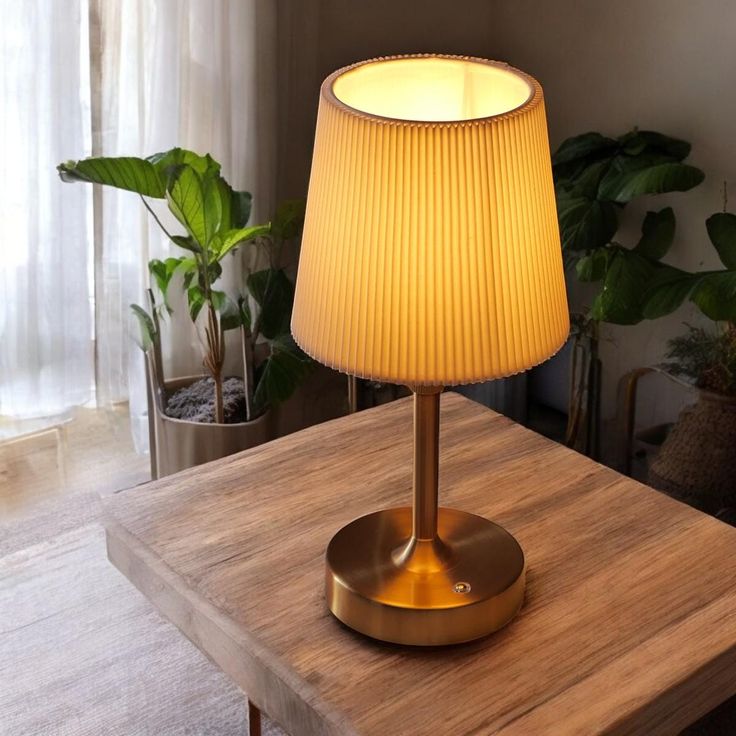
Layering Lighting in Your Kitchen
Layering lighting is key to a well-lit and inviting kitchen. Combining various light sources ensures functionality and style. Kitchen table lamps, when used with other lighting fixtures, elevate the ambiance. Here’s how you can create a balanced lighting scheme.
Combining Table Lamps with Ceiling Lights
- Achieve Balanced Illumination: Use ceiling lights for general lighting and table lamps for focused tasks. This combination ensures the entire kitchen is well-lit.
- Define Zones: Pendant lights can brighten the prep area, while table lamps add warmth to dining spots. Mixing types of lights helps separate spaces for cooking, dining, or socializing.
- Use Layered Light Intensity: Install dimmers for both table lamps and ceiling lights. Adjust brightness based on time or activity.
- Blend Styles: Match the design of your kitchen table lamp with ceiling lighting for a cohesive look. For instance, industrial-style pendants pair beautifully with metallic table lamps.
Using Lamps to Complement Natural Light
- Maximize Daylight: Place table lamps in spots where natural light is lacking. They can fill in darker corners of the kitchen.
- Avoid Contrast Issues: Use warm-toned bulbs in your lamps to harmonize with sunlight. This maintains a natural flow throughout the day.
- Highlight Features: Position lamps to spotlight décor items or your table’s centerpiece. This adds visual interest to your kitchen.
- Adapt for Evening: Transition seamlessly from day to night by layering natural light with adjustable lamp lighting. Table lamps offer a softer glow, perfect for evenings.
Layered lighting enhances the kitchen’s atmosphere, functionality, and design. Combine lamps and natural light thoughtfully to create an inviting space.
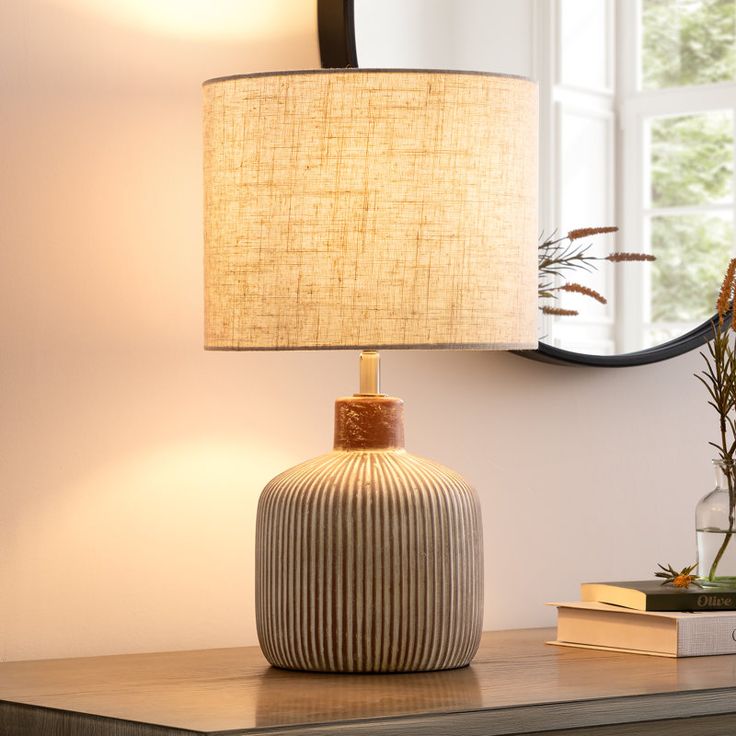
Tips for Proper Lamp Placement
The placement of a kitchen table lamp affects both function and atmosphere. Proper positioning enhances visibility and ensures a stylish look. Avoid common placement mistakes to create an inviting and functional kitchen space.
Centered vs. Asymmetrical Placement
- Centered Placement: Place a single lamp directly above or on the center of your table. This ensures even lighting and a professional, balanced appearance.
- Works well for round or square tables.
- Ideal for dining or casual gatherings.
- Asymmetrical Placement: Use an offset design for a modern, artistic touch.
- Pair multiple pendant lamps off-center or stagger their heights.
- Great for long, rectangular tables or unconventional layouts.
- Match Placement with Room Design: Ensure your lamp aligns with kitchen symmetry and décor elements.
- A centered lamp suits minimalistic designs.
- Asymmetry adds flair to industrial and eclectic styles.
- Practical Tip: Test different placements by temporarily suspending lamps or using adjustable designs.
Dealing with Shadows and Glare
- Avoid Harsh Shadows: Position the lamp to prevent unwanted dark spots on your table.
- Match lamp height to dining needs, typically 28-34 inches above the table.
- Use diffused bulb covers to spread light evenly.
- Control Glare: Reduce glare by using lampshades or frosted bulbs.
- Choose low-wattage bulbs for a softer glow during meals.
- Dimmers allow for customizable brightness levels.
- Consider Task Lighting: Adjustable lamps can focus light where you need it most.
- Ideal for activities like reading recipes or working on crafts.
- Blend Natural and Artificial Light: Place the lamp in harmony with existing windows or natural light sources.
- Avoid placing lamps opposite direct sunlight to minimize stark contrasts.
Effective lamp placement provides optimal lighting while enhancing your kitchen’s visual harmony. Whether centered or asymmetrical, thoughtful positioning creates a beautiful and functional space.
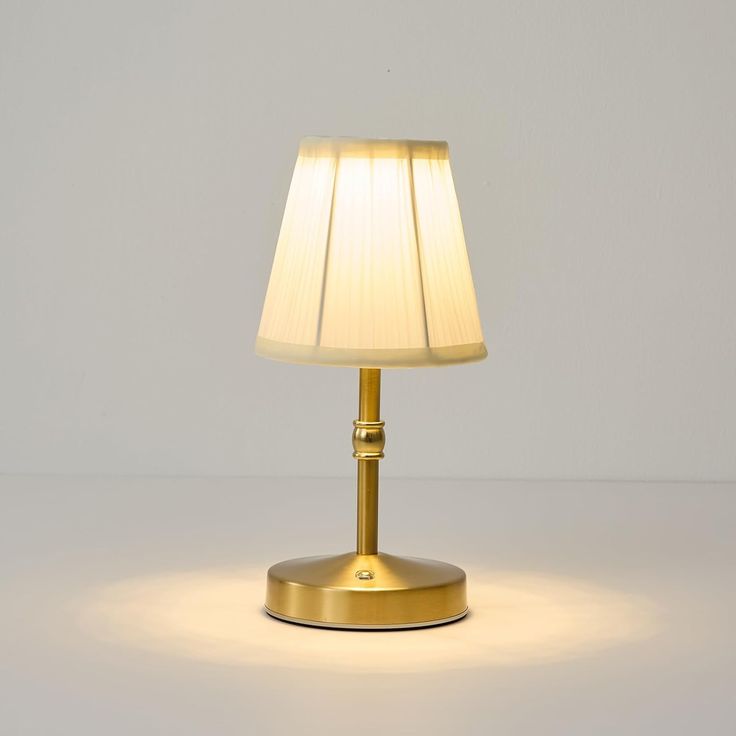
Maintenance and Care for Kitchen Desk Lamps
Proper maintenance ensures your kitchen table lamp remains both functional and stylish. Regular care extends the lamp’s life and keeps it looking new. Pay attention to cleaning and upkeep to avoid common wear issues.
Cleaning Different Lamp Materials
- Glass and Crystal Lamps:
- Use a soft, damp cloth to wipe glass surfaces.
- For stubborn stains, add a drop of mild detergent to water.
- Dry the lamp with a lint-free cloth to avoid streaks.
- Wooden Lamps:
- Dust regularly using a microfiber cloth to prevent buildup.
- Apply wood-specific polish for a refreshed appearance.
- Avoid water or abrasive cleaners to prevent damage.
- Metal Lamps:
- Clean with a dry, soft cloth to maintain shine.
- For tarnish, use metal-safe cleaners sparingly.
- Avoid harsh chemicals to preserve the finish.
Always unplug lamps before cleaning to prevent accidents. Handle delicate materials like glass or wood with care.
Replacing Bulbs and Upkeep Recommendations
- Bulb Replacement Tips:
- Use bulbs matching the lamp’s wattage and color recommendations.
- Opt for energy-efficient LED bulbs for long-term savings.
- Allow bulbs to cool before replacing to avoid burns.
- Cord and Switch Maintenance:
- Check cords for wear or fraying and replace if necessary.
- Test switches regularly to ensure functionality.
- Periodic Inspections:
- Tighten loose parts, like screws, to maintain lamp stability.
- Replace worn-out lampshades to refresh the look.
- Storage Advice:
- Store seasonal or decorative lamps in a dry, dust-free space.
- Use covers to protect against scratches.
Keeping your kitchen table lamp clean and well-maintained ensures it remains a functional centerpiece. Regular care boosts performance and prolongs durability.
